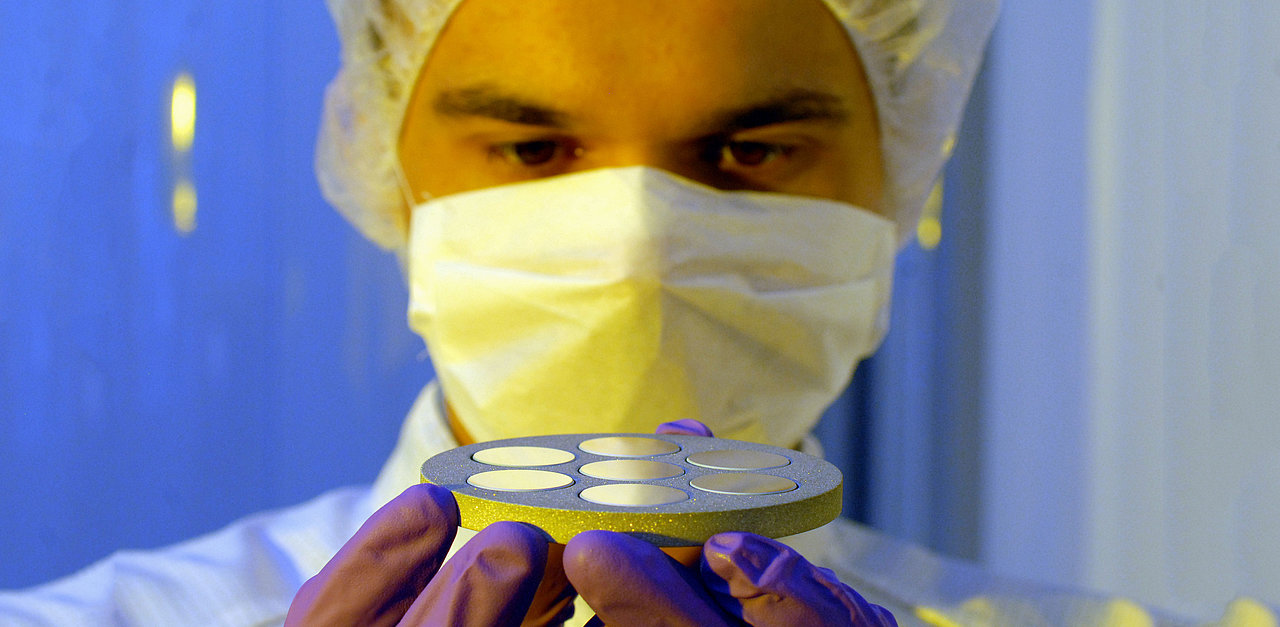Vladimir Pervak has won the second prize in the Design Contest of the Optical Interference Coating (OIC) conference in Tucson, AZ, USA. Pervak works as scientist in the Ultrafast Optics research group (UFO) of Prof. Ferenc Krausz, head of Chair of Experimental Physics (Laserphysics) at LMU. Two design problems had to be solved in the OIC-competition. The problems involved both a current application and a very early application of thin film coatings. An optical coating is one or more thin layers of material deposited on an optical component such as a lens or mirror, which alters the way in which the optic reflects and transmits light. The first problem in the OIC-competition was a theoretical coating for solar thermal applications. Coatings for solar energy applications are a timely subject because with the current energy initiatives, development of cost effective alternative energy sources is a priority. To improve the efficiency of the solar absorption, the coating needs to have high solar absorption but low emittance at 450ºC. The second problem related to a very early application of thin film coatings: the Fabry-Perot interferometer. In optics, a Fabry-Pérot interferometer or etalon is typically made of a transparent plate with two reflecting surfaces, or two parallel highly reflecting mirrors. Etalons are widely used in telecommunications, lasers and spectroscopy to control and measure the wavelengths of light. Simple metallic coatings for visible wavelength Fabry-Pérot etalons have been in use for over 100 years. This problem poses requirements for a broadband Fabry-Pérot etalon covering the near and mid-infrared spectral region where metal coatings are not viable. Due to dispersion in the reflected phase of broadband dielectric reflectors, it is difficult to design a Fabry-Pérot interferometer for the near and mid-infrared region with a constant bandwidth. The problem presented a challenge for the design of mirrors for this type of application. Pervak solved it by using computing optimization algorithms.
Vladimir Pervak wins Second Prize of the OIC-Design Contest 2010
